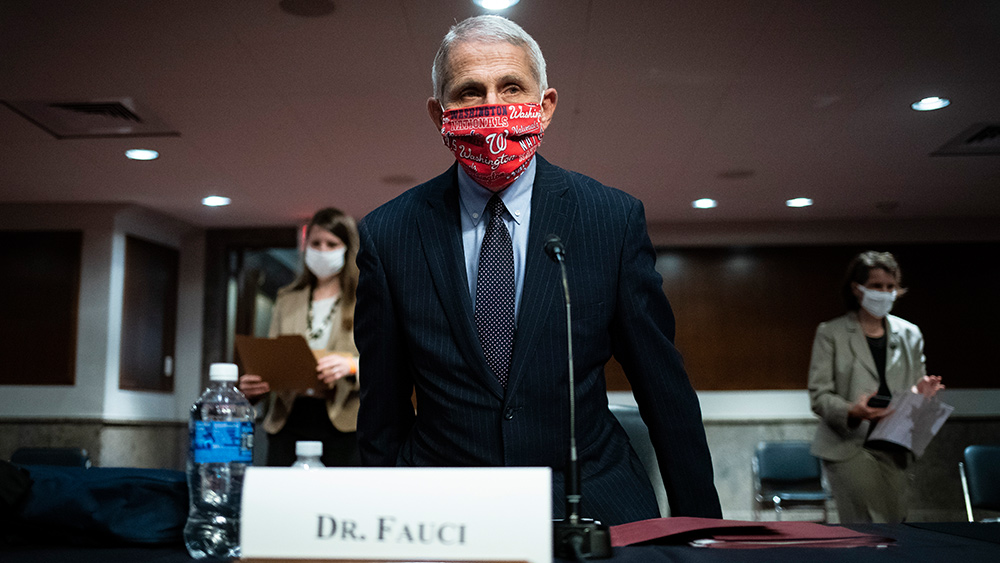Governments Are Using the Coronavirus to Distract From Their Own Failures
by Daniel Lacalle, Mises Institute:
 The Johns Hopkins University Coronavirus Global Cases Monitor shows that the mortality rate of the epidemic is very low. At the writing of this article, there have been 92,818 cases, 3,195 deaths, and 48,201 recoveries. It is normal for the media to focus on the first two figures, but I think that it is important to remember the last one. The recovered figure is more than ten times the deceased one. This should not make the reader ignore the epidemic, but it is worth reading the scientific study that shows that the death rate in citizens under age 60 is less than 1.3 percent, 0.2 percent in the young population, and a maximum of 4 percent on average.
The Johns Hopkins University Coronavirus Global Cases Monitor shows that the mortality rate of the epidemic is very low. At the writing of this article, there have been 92,818 cases, 3,195 deaths, and 48,201 recoveries. It is normal for the media to focus on the first two figures, but I think that it is important to remember the last one. The recovered figure is more than ten times the deceased one. This should not make the reader ignore the epidemic, but it is worth reading the scientific study that shows that the death rate in citizens under age 60 is less than 1.3 percent, 0.2 percent in the young population, and a maximum of 4 percent on average.
I have attended several debates in international media where scientists repeat these important factors to prevent panicked reactions from the population. History shows us that these epidemics have diminishing mortality rates and are contained relatively quickly.
We must remember the victims and their families and pray for a quick response from the scientific community, a solution that will surely arrive….Although not in the time that market participants and media would desire.
The economic impact is completely different. There is more logic in the negative reaction of markets, because the coronavirus impact adds to an already weak and bloated global economy that was showing poor growth, high debt, and an evidently disappointing earnings season before any epidemic was included in estimates.
The ramifications are not small. China has closed 21 provinces that account for about 90 percent of exports and 80 percent of GDP. At this writing, 13 provinces, which account for around 51 percent of China’s GDP, have begun to recover economic activity, but at a very slow pace. China purchasing managers indexes (PMIs) came to the lowest level in decades, even below 2008 figures. Manufacturing PMI fell to 35.7 in February, compared to the previous 50 and estimates of 46. More importantly, nonmanufacturing PMI collapsed to an all-time low of 29.6 compared to the previous 54.1.
Few analysts expected to see China posting recession figures, even in their most negative estimates. China may print a zero GDP in the first quarter, which shows the extent of the economic shutdown.
The previously mentioned PMIs are important for two reasons: Manufacturing, which was already poor and in contraction in most leading economies, is likely to slump in the first quarter. However, the second conclusion is even more worrying. The nonmanufacturing and service sectors have kept the global economy afloat in an earnings and manufacturing contraction, and this time services will be hit harder and for longer.
Why? Because the only action that authorities can take to prevent a collapse in the health systems of their countries is to shut down borders, limit travel, cancel large gatherings and events as well as reduce international trading activity to reduce the speed of the virus’s spread—not because the mortality rate is high, but to avoid a massive flow of citizens into hospitals and hoarding of medicines.
The reaction of the authorities in many countries and the fear of the unknown generate a domino effect of cancelations of investment decisions as well as a slump in international trade. As such, we cannot fall into the unjustified panic of a global health disaster or the complacency of thinking, as we read in some economic research papers in February, that all this will be solved in a month and in two months world growth will be relaunched.
We must be cautious because the coronavirus card will be used, as the Brexit and trade war cards before, to slash already optimistic global growth estimates.
Before the epidemic news broke, economies such as Spain, France, Italy, Germany, Japan, or China were already showing weakness in the fourth quarter of 2019. Energy and industrial commodities, which have now entered into a correction phase, had already started the year with weak price action. We cannot forget important signals such as the Baltic Dry index, which reflects the enormous global overcapacity and the collapse in the pricing of maritime freights, or the poor volumes posted by exporters in copper, oil, coal, and iron ore.
In its analysis of economic risks, PricewaterhouseCoopers showed an estimate of the global economic impact that the coronavirus may generate. It stated that it could shave off up to about 0.7 percent of global GDP, using the methodology of Johns Hopkins and McKibbins and Lee. However, that impact may well be seen as conservative once we have taken into account the global loss of market value in stocks and the China PMIs. Bloomberg raised the impact to $1 trillion, considering that the effect on commodities, industries, and services will likely be greater than feared in the short term and the recovery may not to be the V-shape that most analysts would want, but slower.
It is essential to remember the previous weakness of many economies, especially the eurozone, due to excess debt, low growth, and high interventionism. We cannot forget the impact on emerging markets, either, as they face a massive wall of maturities of more than $1.4 trillion in dollar-denominated debt just as the price of commodities collapses and exported volumes slump to new lows.
Deutsche Bank analyzed the economies most exposed to the epidemic and concluded that South Korea, Japan, and Mexico will likely be the most affected, while the United States, which exports very little (11 percent of GDP, more or less) is less impacted.
The biggest mistake, and one that is almost guaranteed to be made, is to try to disguise the economic impact of the epidemic by cutting interest rates (consensus already discounts a 68 percent probability of Fed rate cuts) and injecting more liquidity. No company will invest more with lower-than-zero rates if they are facing a sales decline from an epidemic, and there is an excess of complacency in governments that see their bond yields reach even lower levels. Falling sovereign bond yields make governments believe they are doing the right thing and that there is no risk, two big mistakes, and a very negative combination. Low bond yields are a signal of high risk aversion, not of excellent government policies.
Loading...



